Black-eyed Susans are a staple in every gardener's garden because they are great at attracting pollinators. But what to do if your Black-eyed Susans suddenly didn't come back? We've researched why and what to do when you are stuck in this situation.
There are a few reasons why your Black-eyed Susans didn't come back.
- Different life cycle
- Poor drainage system
- The plant doesn't get enough sunlight
- Fungal infection
Your Black-eyed Susan may not have returned because you planted a different type. Here are a few methods you can do to bring your Black-Eyed Susans to bloom.
- Pick the right kind
- Choose an ideal location
- Ensure a good drainage system
- Deadheading
- Weeding
Now that you have an overview of why Black-eyed Susans fail to come back and bloom, we have also listed ways how to prevent this so you can enjoy their bloom all year round. Continue reading to learn more.
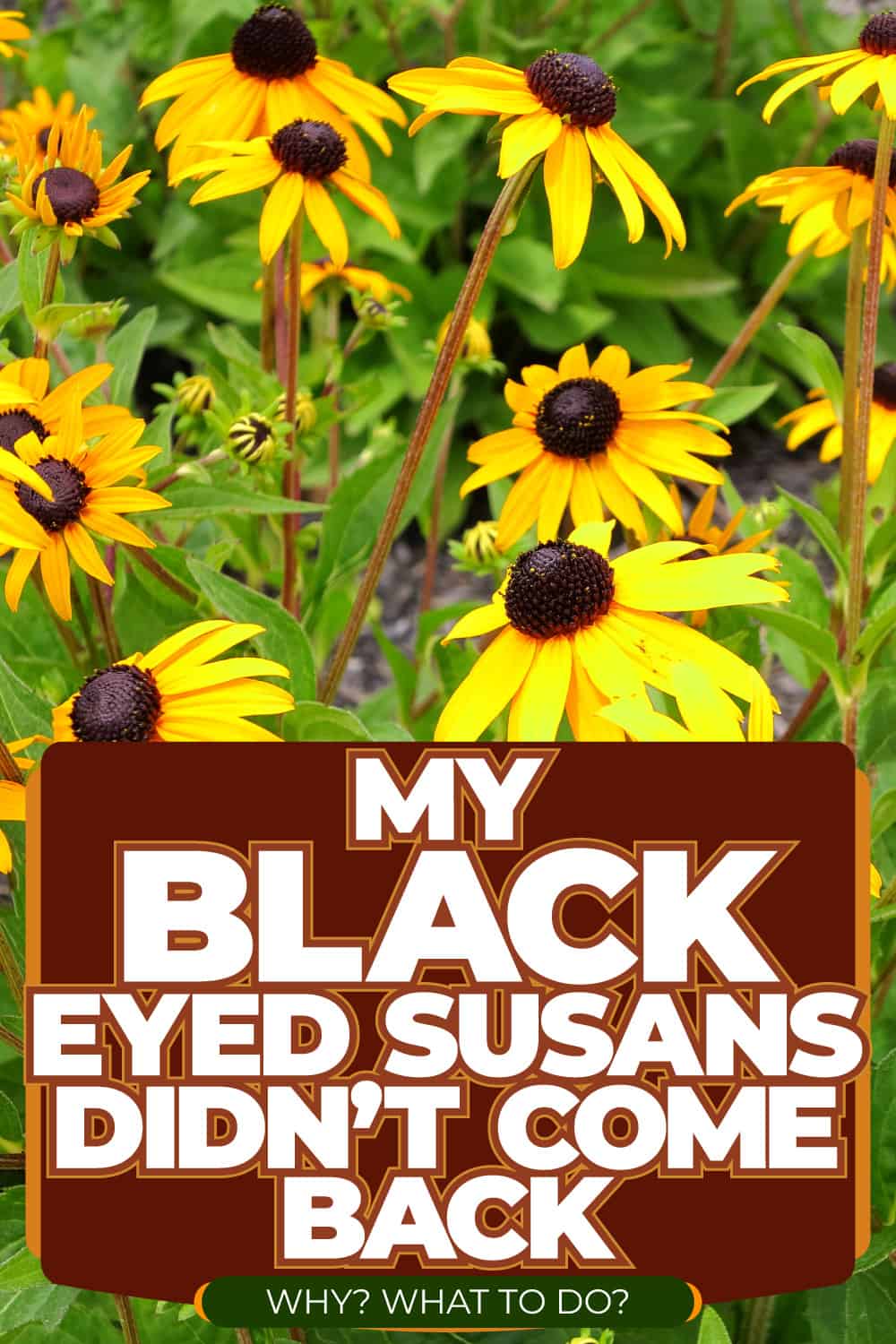
Why Does My Black-eyed Susan Didn't Come Back?
Rudbeckia hirta, commonly known as Black-eyed Susan, is a commonly known type of the Rudbeckia genus. Gardeners adore these wildflowers because they are easy to grow and add a pop of color. They resemble daisies and are a great addition to your garden.
Black-eyed Susans are known for being flexible because of their ability to reseed. However, there are times when they don't come back. Here are some of the reasons that might be the cause of why your Black-eyed Susan failed to return and bloom.
Different Life Cycle
Black-eyed Susans are commonly grown as annuals or short-lived perennials. Some of its varieties are annuals but can also be perennials and are sometimes biennials. If you want to grow it as perennials, choose the Rudbeckia fulgida and Rudbeckia hirta if you prefer it as annuals.
Poor Drainage System
Another reason why Black-eyed Susans failed to return is because of a poor drainage system. This usually causes the root to rot and sometimes develop diseases.
Lacks Sunlight Exposure
Black-eyed Susans enjoy full sun. Although they can handle partial shade, it is best to ensure they get enough sunlight for more bloom.
Fungal Infection And Pests
Another possibility for why your Black-eyed Susan might not have returned is that the soil may be contaminated with the disease Sclerotium rolfsii. A soil-borne fungus causes the roots and the lower stem to rot. This is a fungus that can survive for many years in the soil.
What To Do If My Black-eyed Susan Didn't Comeback?
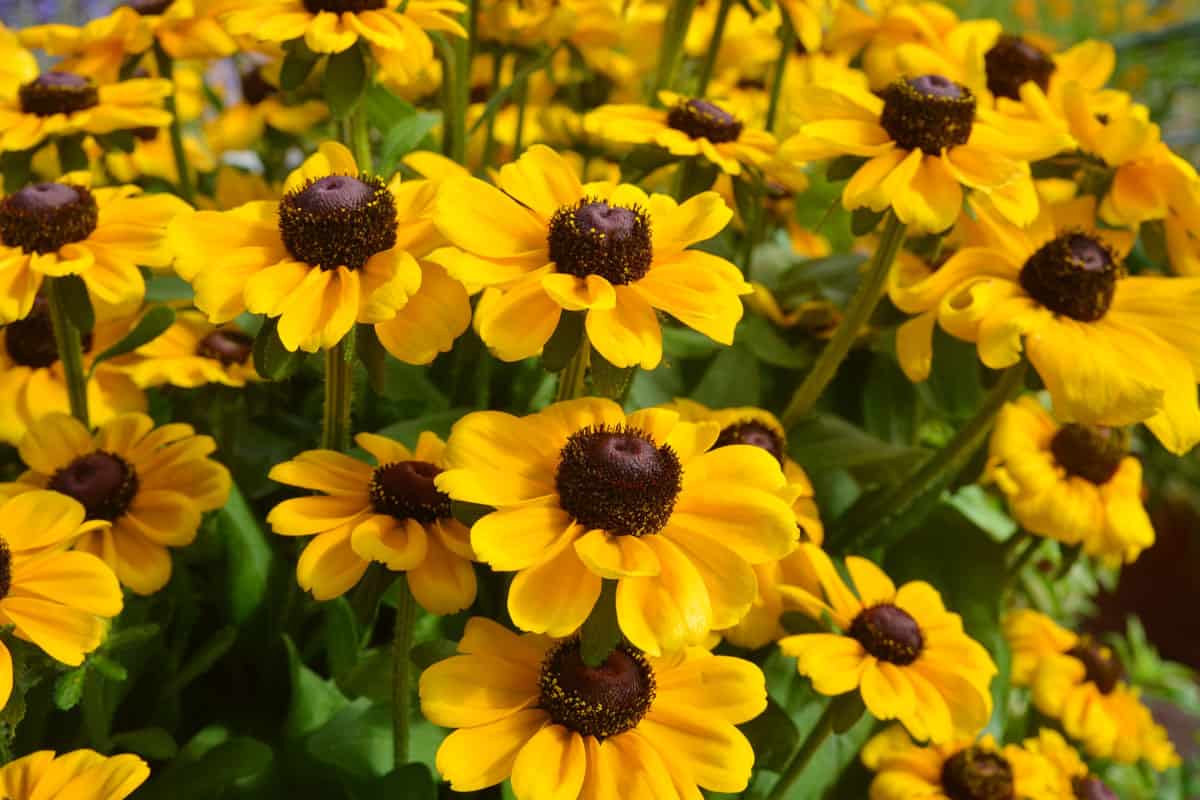
There are a few reasons why your Black-eyed Susan failed to come back. One of the most common things is that you might have planted a different type. But don't worry, here are some of the few methods to do in case this has happened to you.
Pick The Right Kind
As previously mentioned, there are different Black-Eyed Susan varieties, each with a different life cycle. Some are grown as annuals but treated as perennials or can be biennials. Here are the different variants of Black eyed susan and their life cycle.
Annuals
- 'Autumn Colors' Black-Eyed Susan
- 'Indian Summer' Black-Eyed Susan
- 'Maya' Black-Eyed Susan
- 'Prairie Sun' Black-Eyed Susan
- 'Radiance' Black-Eyed Susan
- 'Sonora' Black-Eyed Susan
- 'Toto Lemon' Black-Eyed Susan
Perennials
- 'Goldsturm' Black-Eyed Susan
- 'Sweet' Black-Eyed Susan
- 'Gloriosa Daisies' Black-Eyed Susan
Biennials
- Brown Eyed Susan
Choose An Ideal Location
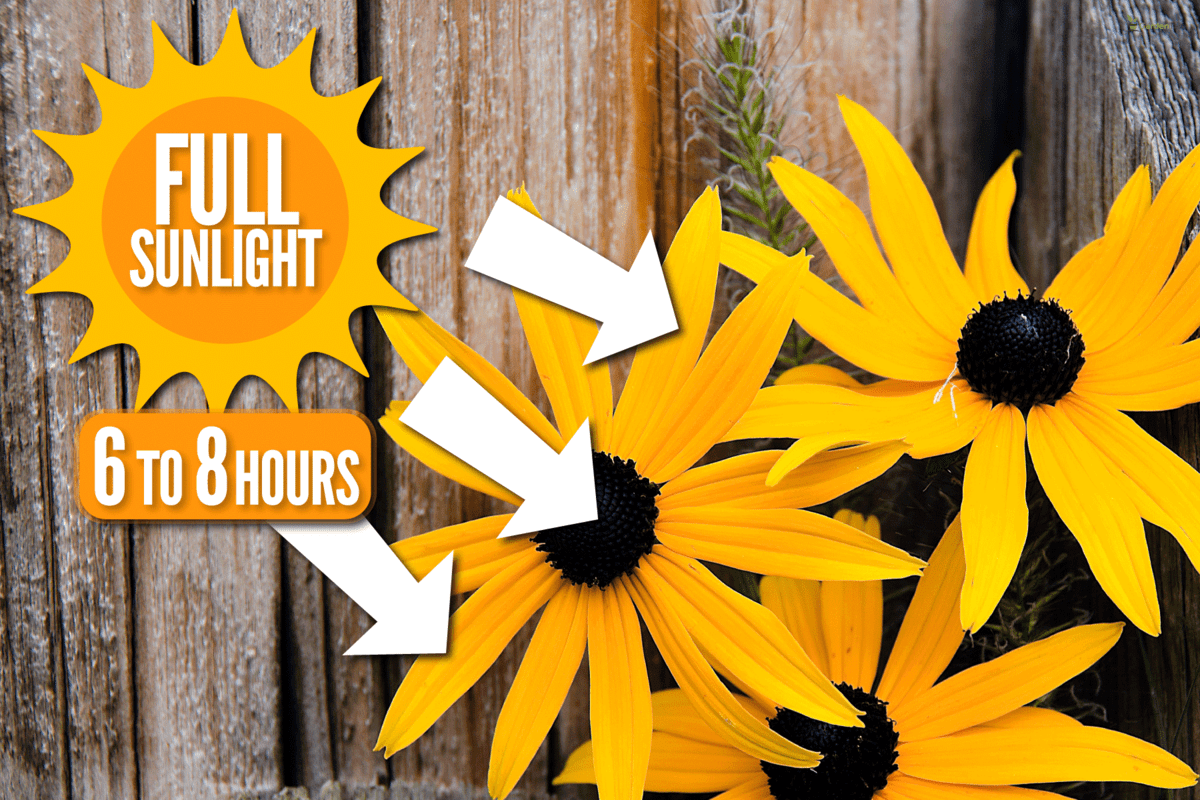
If you want healthy and blooming Black-eyed Susans all year long, choose a good location to plant them. Ideally, they should be planted where they can receive full sunlight.
When planting Black-eyed Susans, look for a place where they'll receive their recommended sunlight exposure of at least 6 to 8 hours, though partial shade is somewhat ok. However, you can expect fewer blooms than you'd have in full sunlight. When it comes to the hardiness zone, they grow in zones 3 to 9.
Ensure Good Drainage System
Poor drainage is the common reason why the roots of plants tend to rot. To avoid overwatering, dip your finger into the soil for at least 2 to 3 inches. If the soil sticks to your finger and it's moist, you don't need to water it.
Black-eyed Susans are drought-tolerant and will flourish more in full sunlight. They are also not picky when it comes to soil. They will thrive in sand, clay, or loam if they get enough moisture and sunlight and have well-draining soil.
Deadheading
Consider deadheading your Black-eyed Susan to promote abundant bloom. Cutting faded flowers just below the base of the petals will make them bloom longer.
Alternatively, you could do this by pinching off the flower at the stem's base. This will also prevent it from reseeding and spreading in unwanted areas in your garden.
When To Plant Black-Eyed Susan
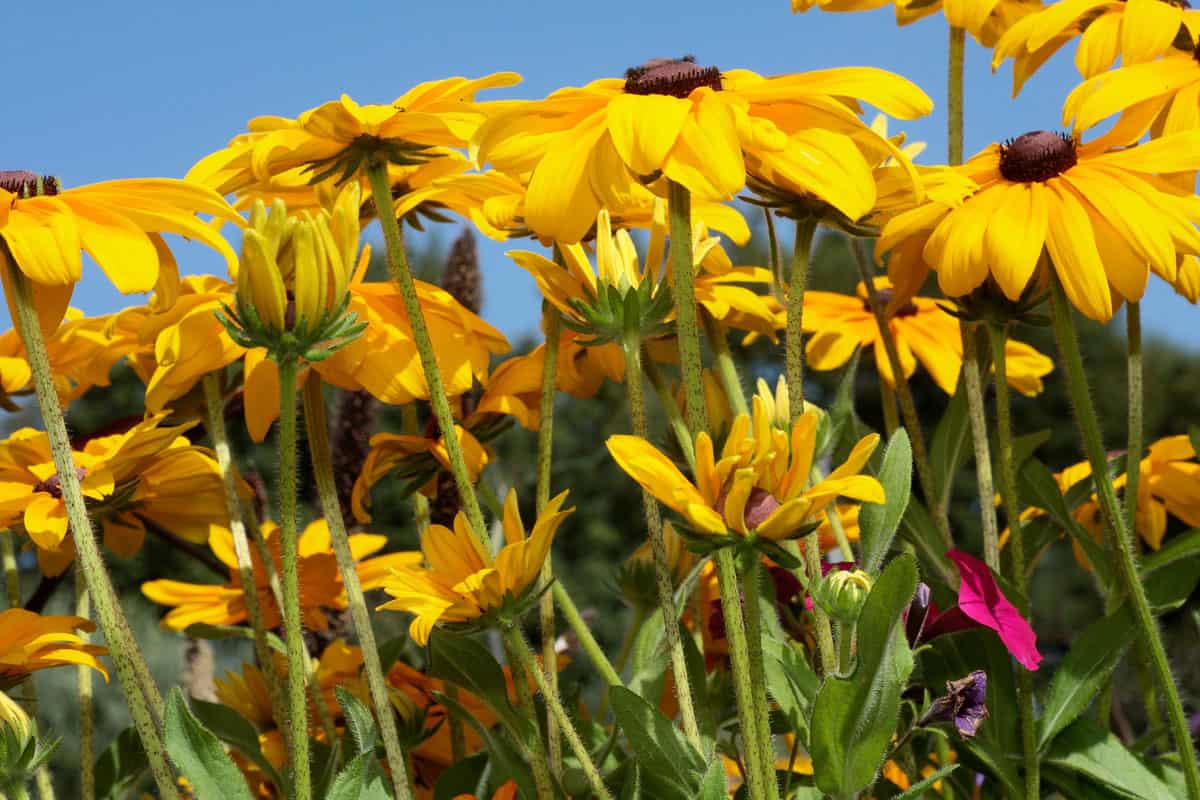
The best time to plant Black-eyed Susans is spring or early fall. This way, they'll establish their roots before the weather gets too cold or hot since seedlings are sensitive, especially to cold temperatures.
When it comes to growing conditions, Black-eyed Susan will thrive in almost any soil type as long as it drains well. They are drought and heat tolerant, especially if they are already established, and will even thrive even in harsh environments.
When To Water Black-Eyed Susan?
Since Black-eyed Susans are heat and drought-tolerant, you may wonder when it is best to water them and how much they need. Here are some signs to look for to know if your black-eyed Susan is thirsty.
- Droopy stems and foliage
- The tip of the leaves begins to look brown or yellow
- Flower petals are starting to wilt
Maintaining And Caring For Your Black-Eyed Susan
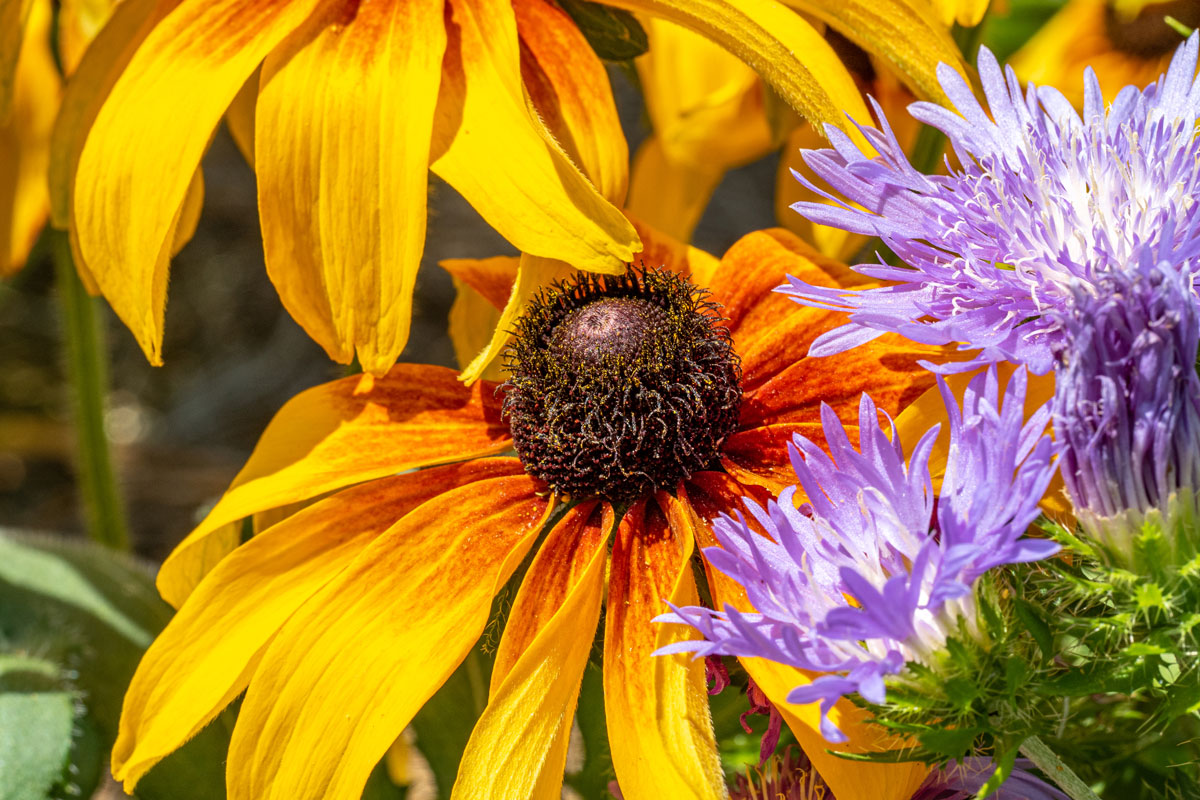
Just because black-eyed Susans are low maintenance and can survive even in harsh conditions doesn't mean they don't need tending and caring. Like any other plant, if you want beautiful blooms all year round, you need to take care of them.
Watering
When watering a black-eyed Susan, they must be planted in well-draining soil to prevent their roots from rotting. A watering frequency of at least once a week will suffice. This is plenty enough for the plant to attain moisture.
Tip when it comes to watering your black-eyed Susan, water at the base part of the plant. Overhead watering often causes mildew which black-eyed Susans are prone to.
Fertilizing
Black-eyed Susans can grow even in the toughest condition. They can grow alongside the road and can tolerate poor conditions. However, if you want to produce the best blooms all year round in your garden, you can apply some fertilizer.
Click here to see this plant food on Amazon.
It is recommended to feed them with a general all-purpose fertilizer, as it encourages abundant and beautiful blooms that pop and brings color into your garden.
Check out this all-purpose plant food on Amazon.
Propagating
Black-eyed Susans grow in clusters, and for them to be able to breathe, it is a must to give them space. Propagate your black-eyed Susan by dividing them into clusters. This is best done in early spring or fall every 3 to 4 years to avoid overcrowding.
Black-eyed Susans are avid self-seeders and may have more than you ever need. This is why dividing them for better airflow alongside your other plants is essential.
Weeding
It is essential to weed your garden once in a while. Weeds are what often lead to and attract pests and diseases. Black-eyed Susans are very prone to rust and mildew, and to keep them blooming and free from pests, keep weeds in control.
Benefits Of Planting Black-Eyed Susan In Your Garden
Black-eyed Susans look great in your garden and are also low-maintenance and easy to grow. They also bring unique benefits to your garden.
- Attracts pollinators such as bees, butterflies, and hummingbirds
- Low-maintenance, heat, and drought tolerant
- Repels rabbits and deer because of having fuzzy leaves and being covered in coarse hair.
Wrapping Things Up
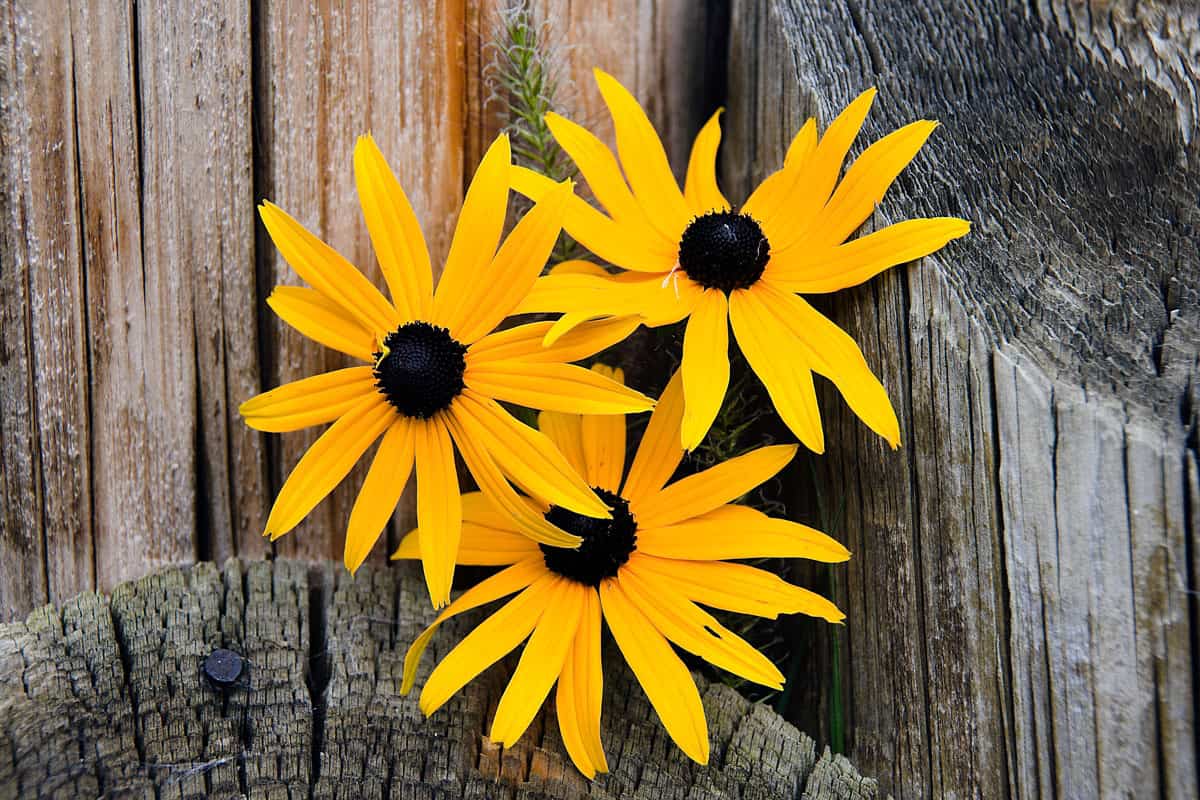
Black-eyed Susans are a great addition to your garden and will bloom all year long by following our tips. They are low maintenance and aren't particular when it comes to soil. They will bloom even in conditions that may not be suitable for other plants.
Not only do they fill your garden with colorful blooms, but they also attract pollinators that will make your garden happy. We hope this article has helped you and provided the answers that you need.
Want to read more? Check out these related articles below!


